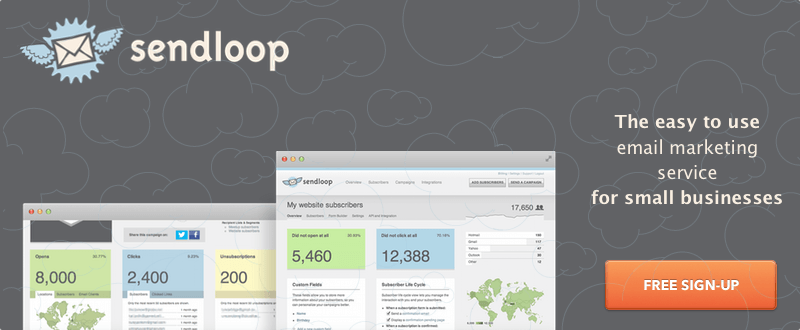
They gathered their in-house resources and developers to create this tool they used for the employees of the group companies. Originally, DeskTime was built for internal purposes. They can watch their statistics and see how many hours they’ve worked. It’s never been our intention to be a micromanagement tool, but rather a time tracking tool and a productivity booster that shows employees what time they came into the office and how much time they spent working. The group owners saw the potential in giving employees the flexibility and freedom to work from home in their own time, but they needed something that will give a proof of work so that managers can see who’s coming to work and how they spend the time they get paid for. These new companies were growing and employees started to come in. But all of our brands share one thing in common – technology. That company was growing rapidly and was recruiting a lot of new employees until eventually, they decided to split it into projects and became a group of companies, called the Draugiem Group.ĭraugiem Group’s brands work in many different fields, from print products and smart home solutions to strengthening friendships and providing wonderful gifts. Back then, DeskTime was part of a company that was running a social media platform here in Latvia.

Please describe the story behind the company: What sparked the idea, and how has it evolved so far? In this interview, DeskTime project manager Toms Blodnieks discusses time management in a post-COVID world, and offers a seamless solution to organizations working remotely.

It runs quietly and unobtrusively in the background, requiring no user input.
#Desktime app web design software#
DeskTime is a real-time automatic time tracking software that tracks and analyzes your productivity by sorting the different applications that you or your employees use into the categories “productive”, “unproductive” or “neutral”.


 0 kommentar(er)
0 kommentar(er)
